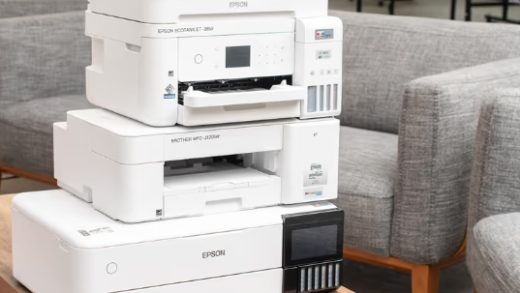Education has always been an essential aspect of human development. It is a tool that enables individuals to acquire knowledge, skills, and values necessary for personal and societal growth. In the Philippines, education has a long and complex history that dates back to the pre-colonial era.
Before the arrival of the Spanish colonizers in the 16th century, education in the Philippines was informal and primarily focused on practical skills such as farming, fishing, and weaving. The indigenous people had their own system of education, which was based on oral tradition and apprenticeship. Children were taught by their parents, elders, and community leaders.
When the Spanish colonizers arrived, they introduced formal education to the Philippines. In 1565, the first school was established in Cebu by the Spanish friars. The primary goal of education during this time was to convert the natives to Christianity and to teach them Spanish. The curriculum was heavily influenced by the Catholic Church, and the medium of instruction was Spanish.
During the American colonial period, which began in 1898, the education system underwent significant changes. The Americans introduced a new curriculum that emphasized English language proficiency, science, and mathematics. They also established a public school system that provided free education to all children. The education system became more secular, and the Catholic Church lost its influence over the curriculum.
In the 1930s, the Philippine Commonwealth government implemented reforms that aimed to improve the quality of education. The government increased funding for education, established teacher training institutions, and introduced a new curriculum that emphasized vocational education. The education system became more inclusive, and more Filipinos were able to access education.
In the post-World War II era, the Philippine government continued to invest in education. In 1947, the government passed the Education Act, which established a ten-year compulsory education system. The government also established more universities and colleges, which provided higher education opportunities to more Filipinos.
Today, the education system in the Philippines faces many challenges. Despite the government’s efforts to improve access to education, many Filipinos still do not have access to quality education. The education system is also plagued by issues such as inadequate funding, outdated curriculum, and a shortage of qualified teachers.
In conclusion, education in the Philippines has come a long way since the pre-colonial era. From an informal system based on practical skills to a formal system heavily influenced by the Catholic Church, and then to a more secular and inclusive system, the education system has undergone significant changes. While there are still many challenges that need to be addressed, the government’s commitment to improving education provides hope for a better future for all Filipinos.


